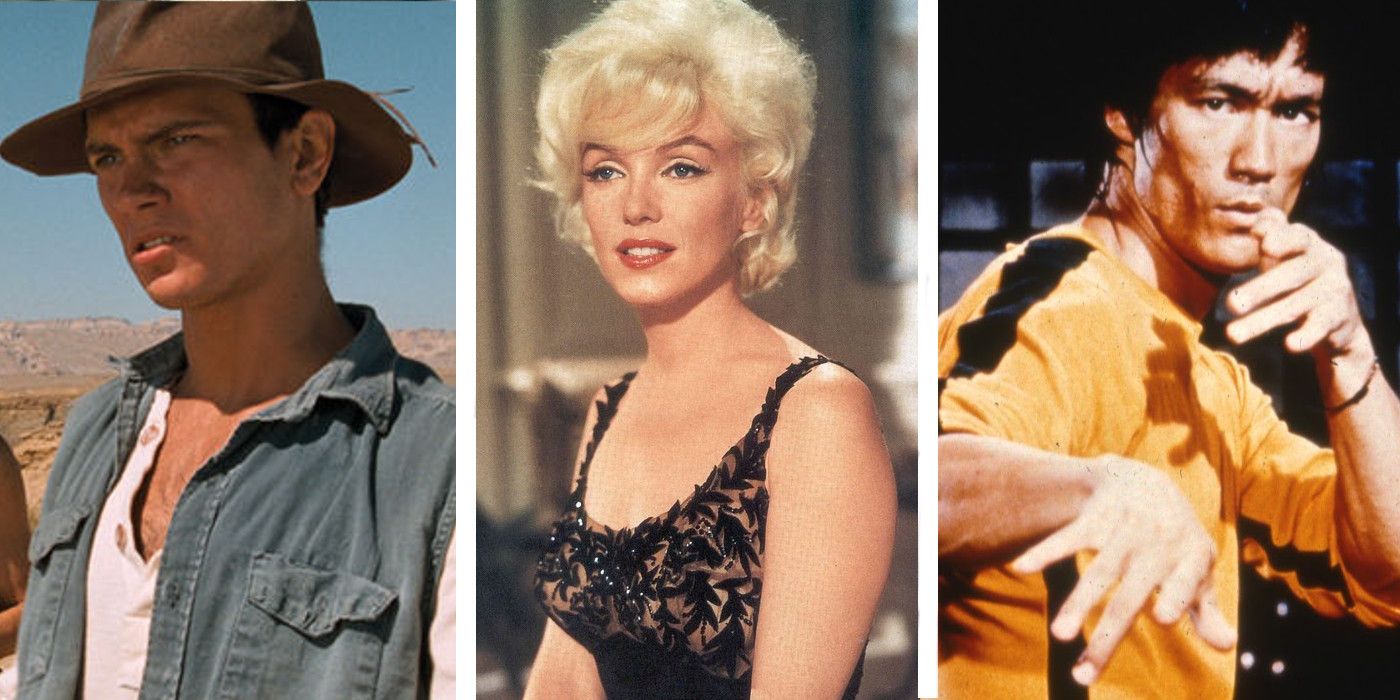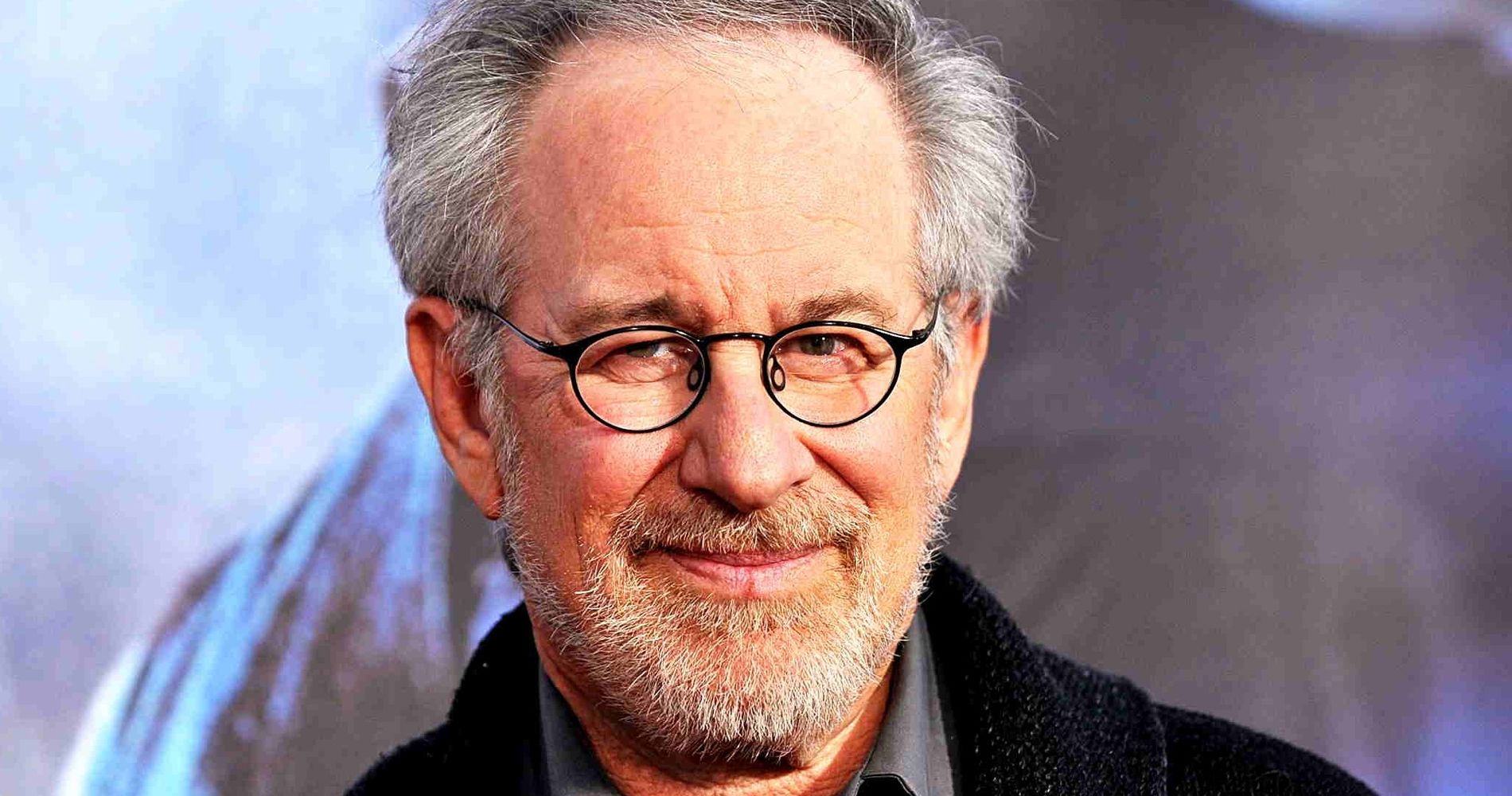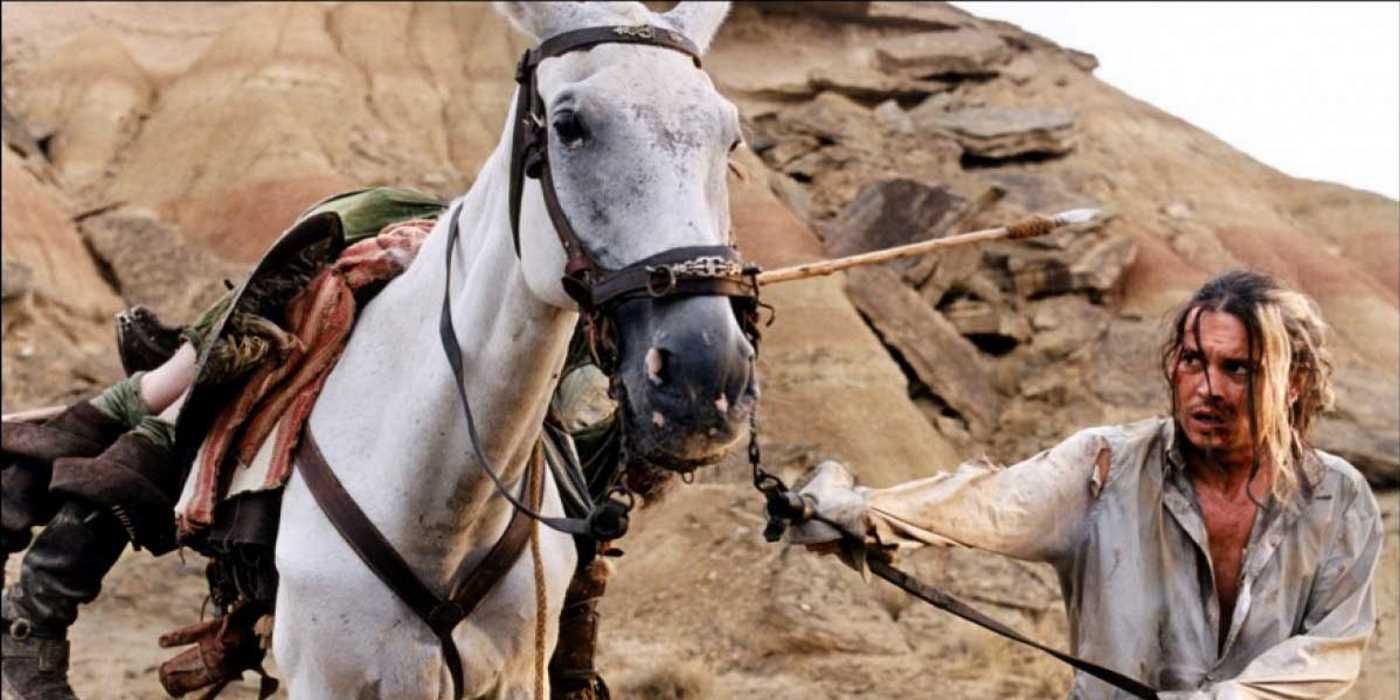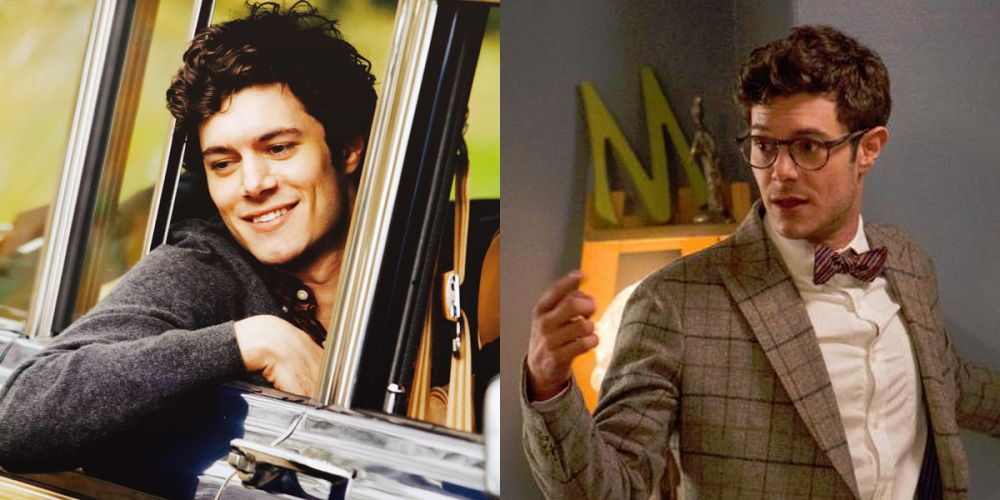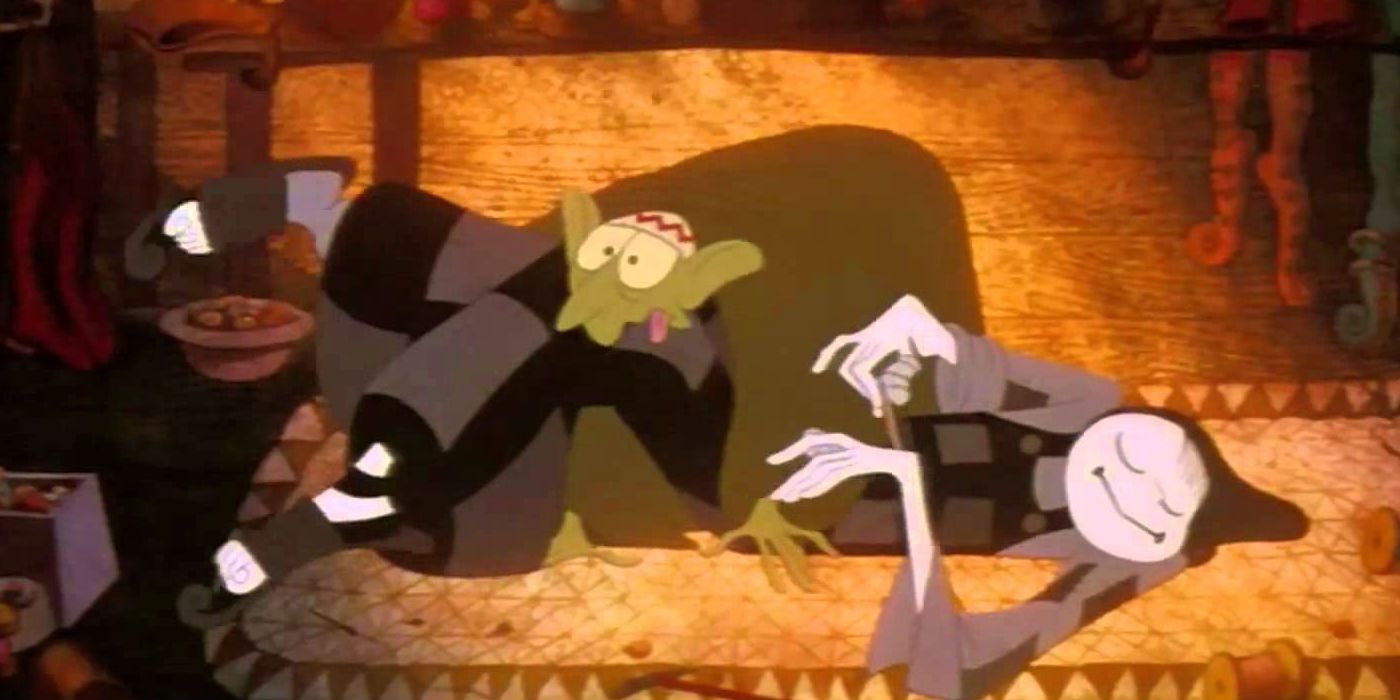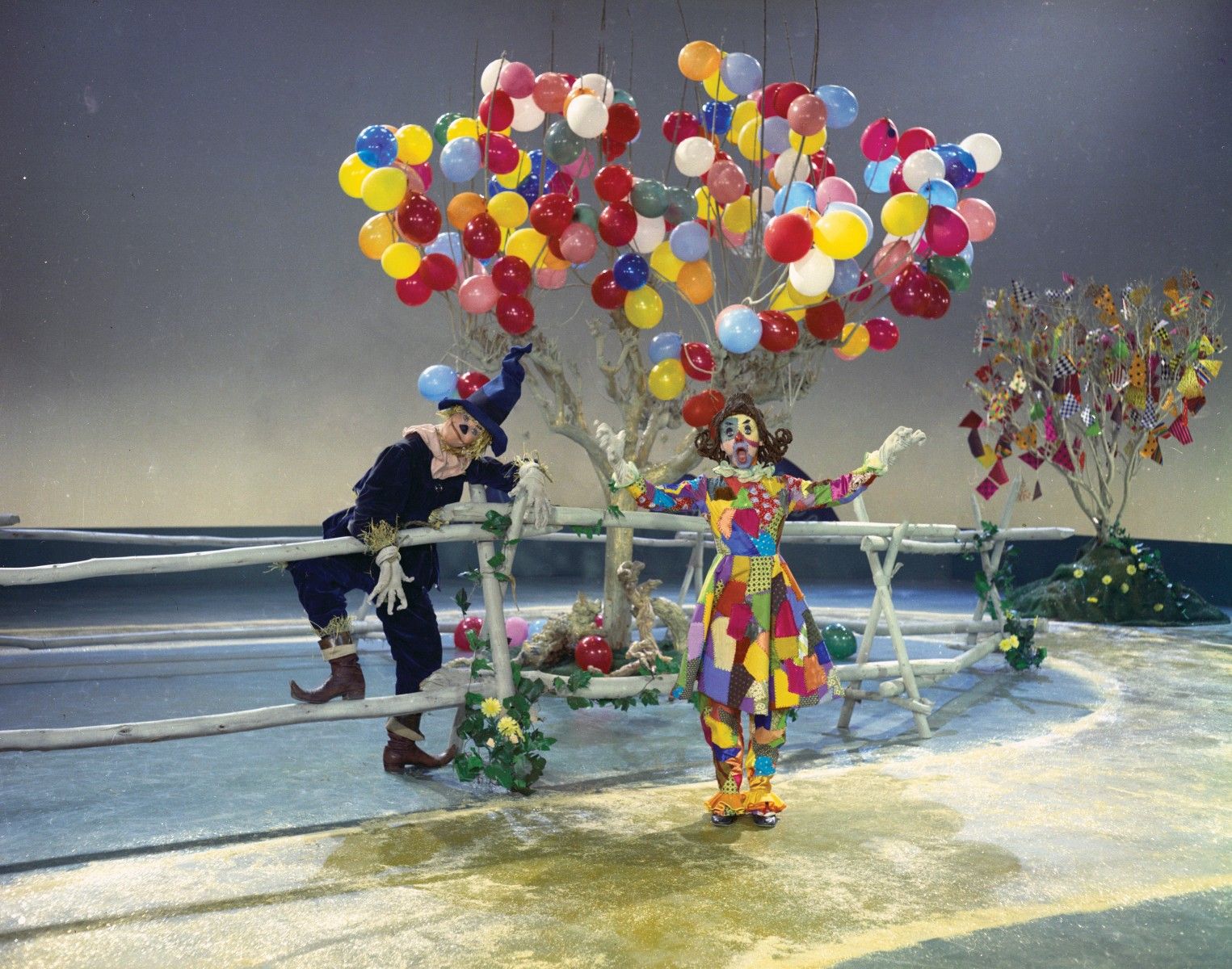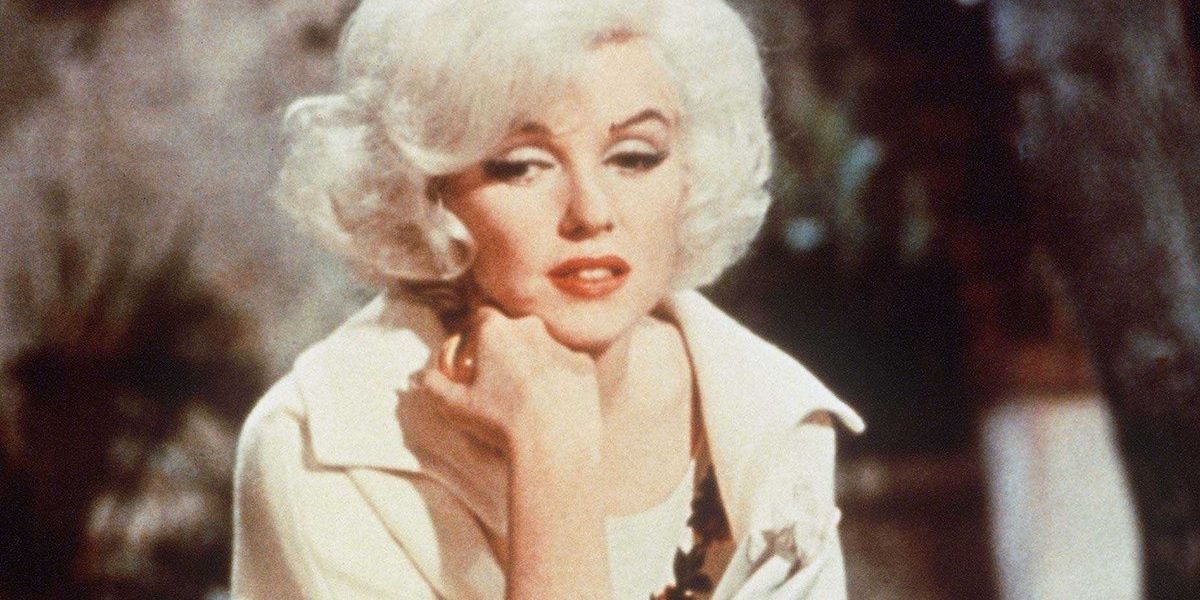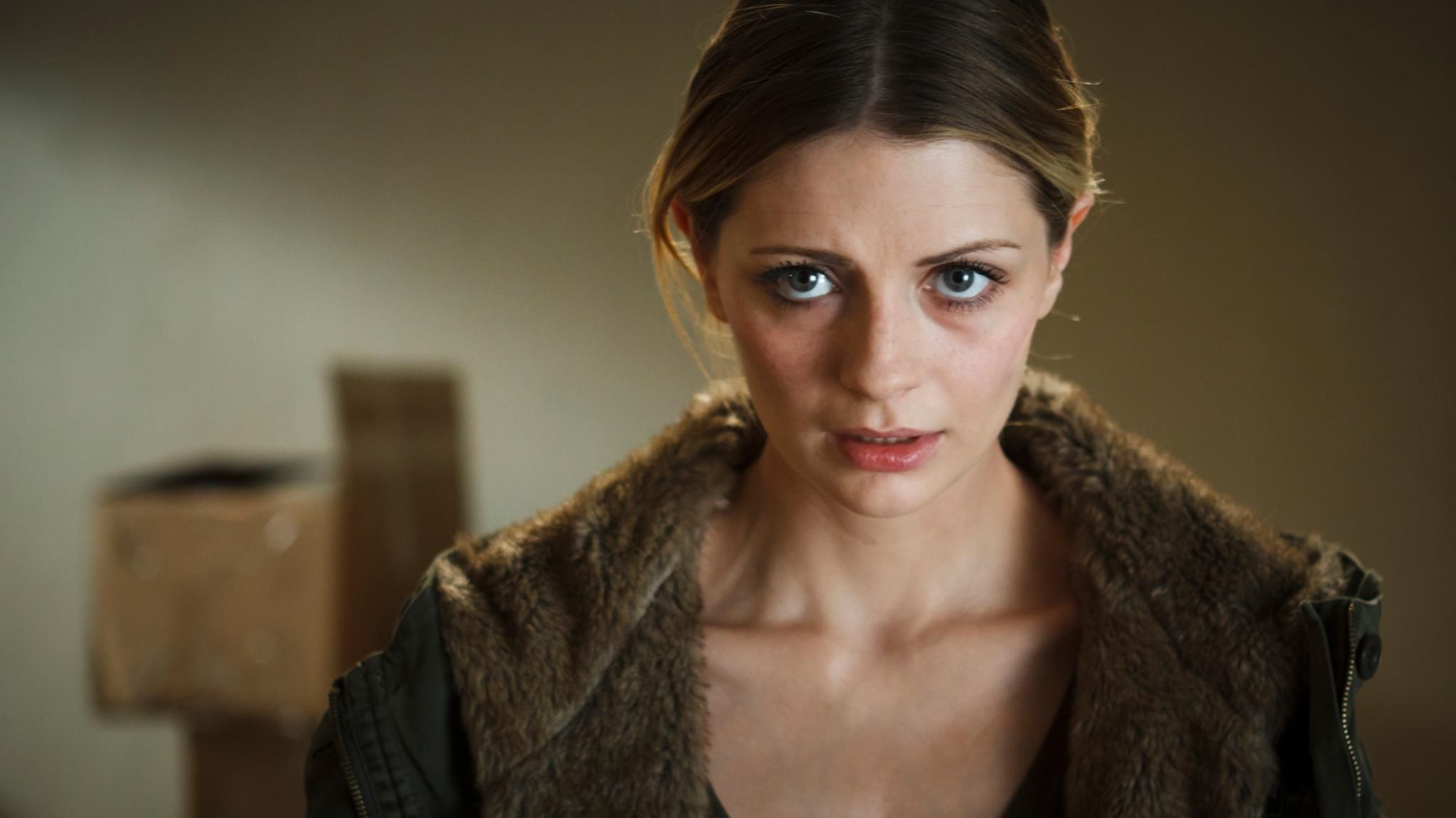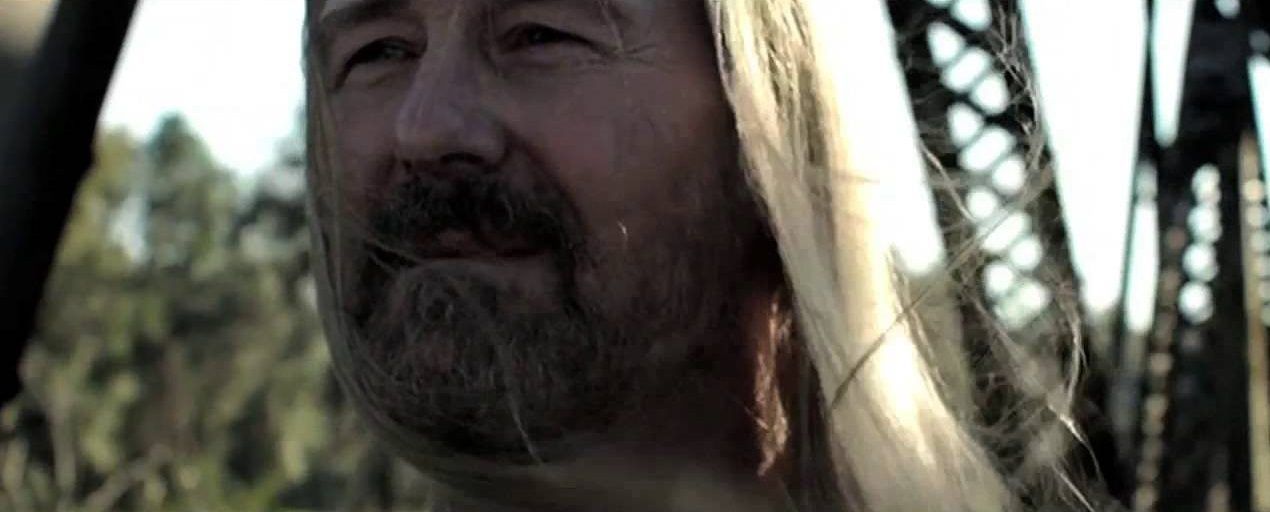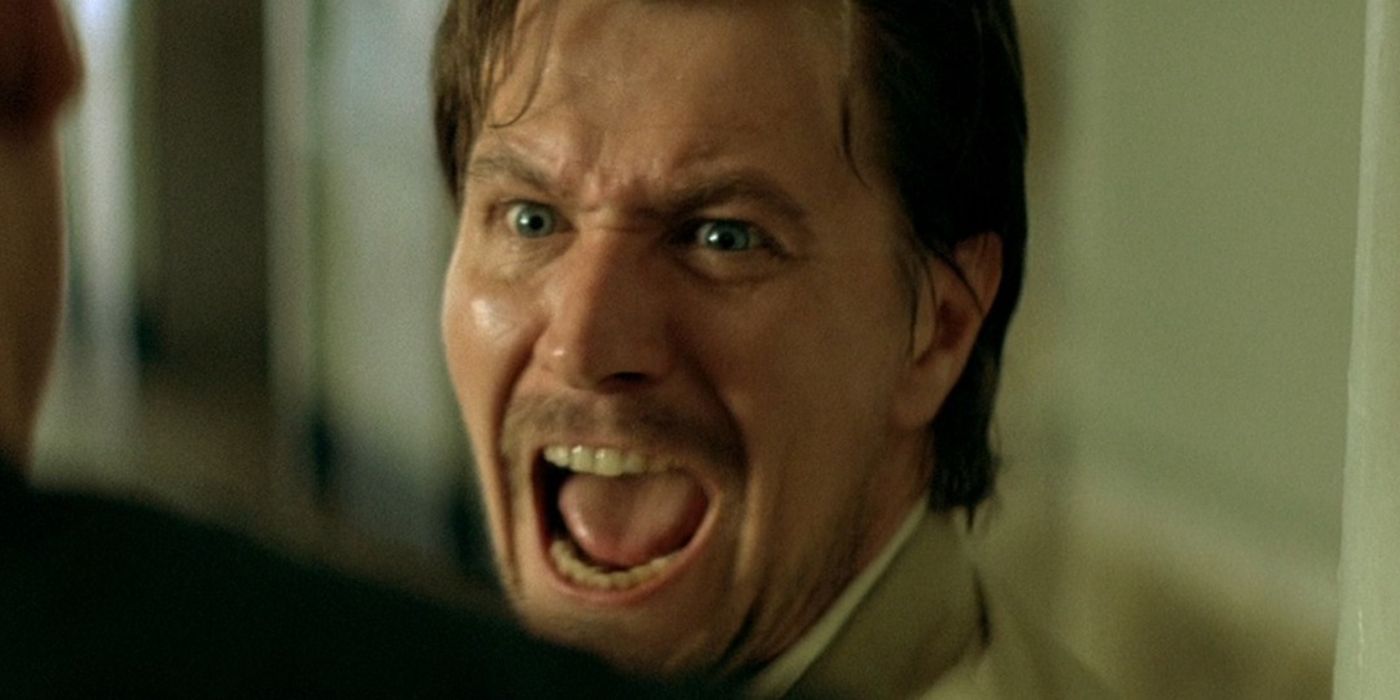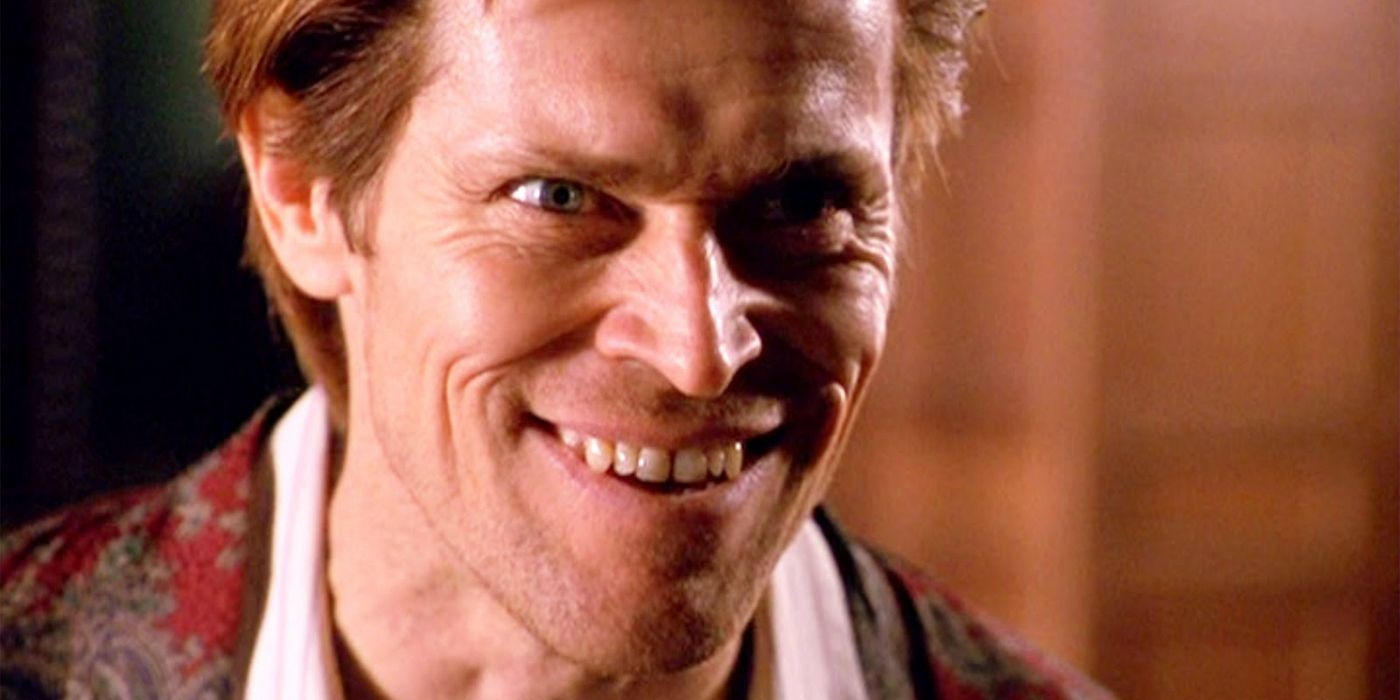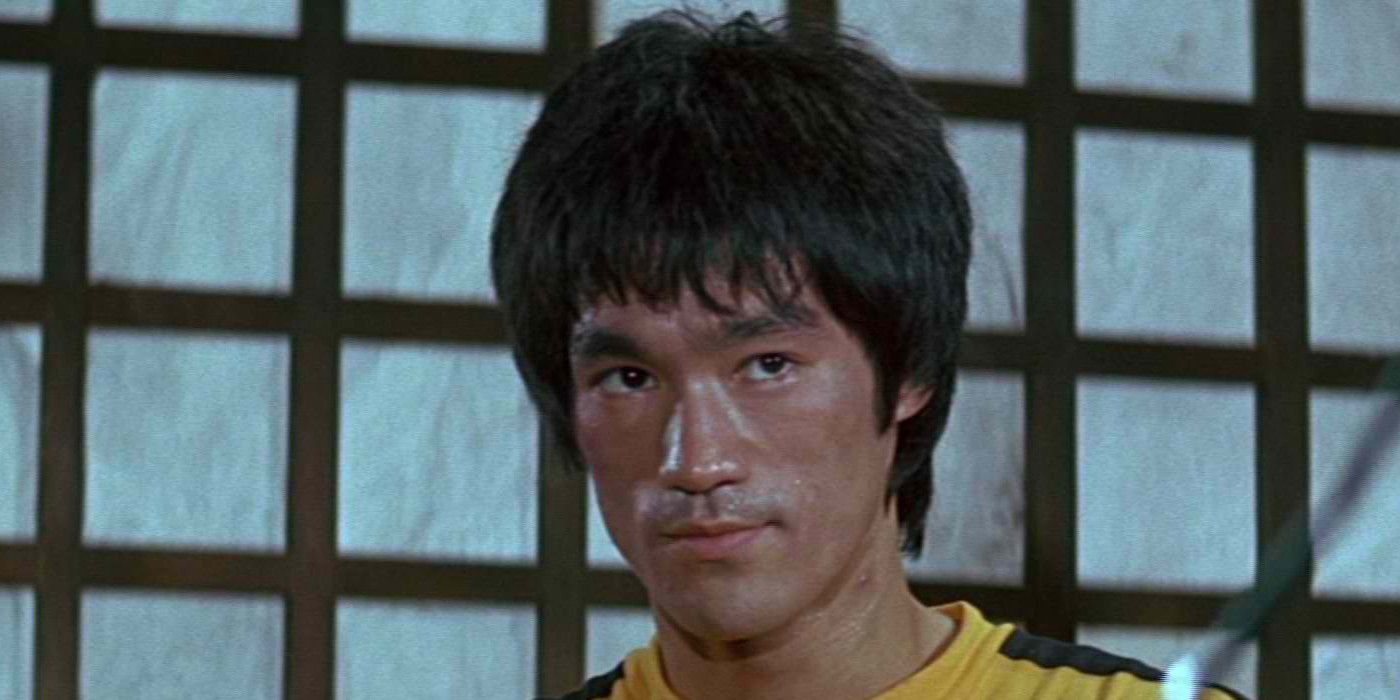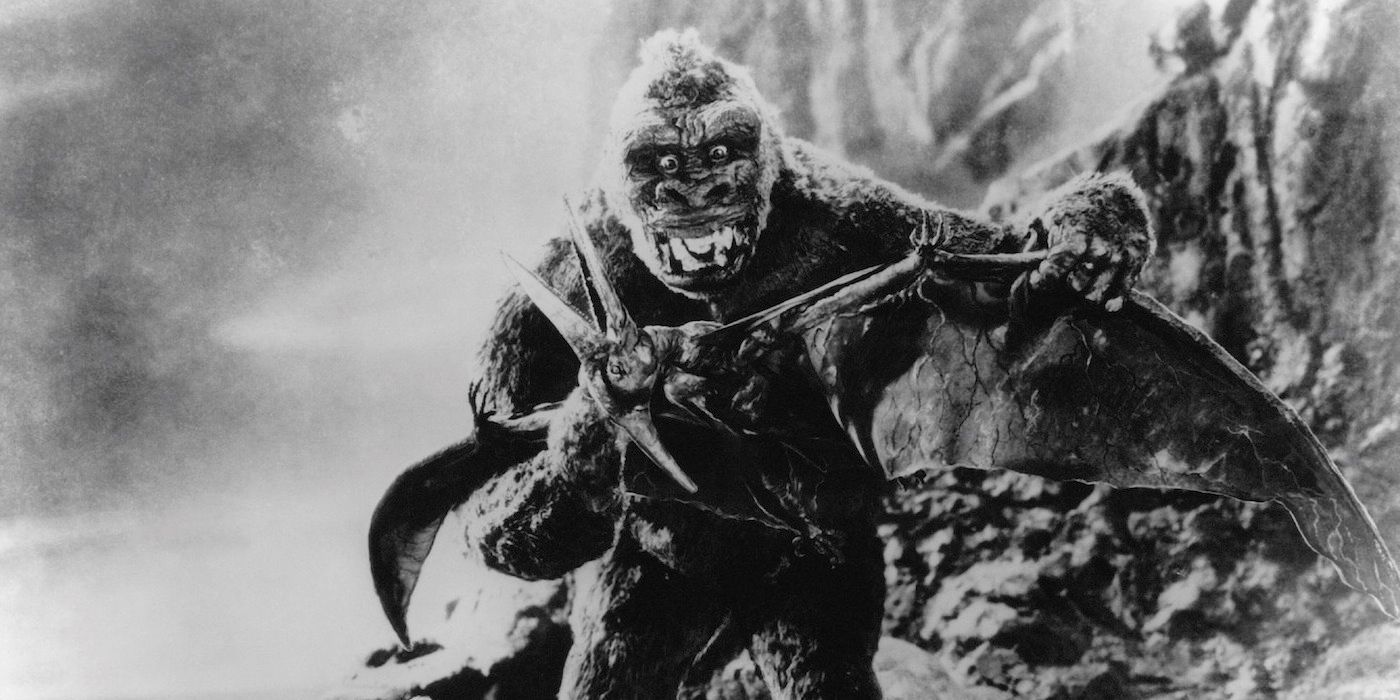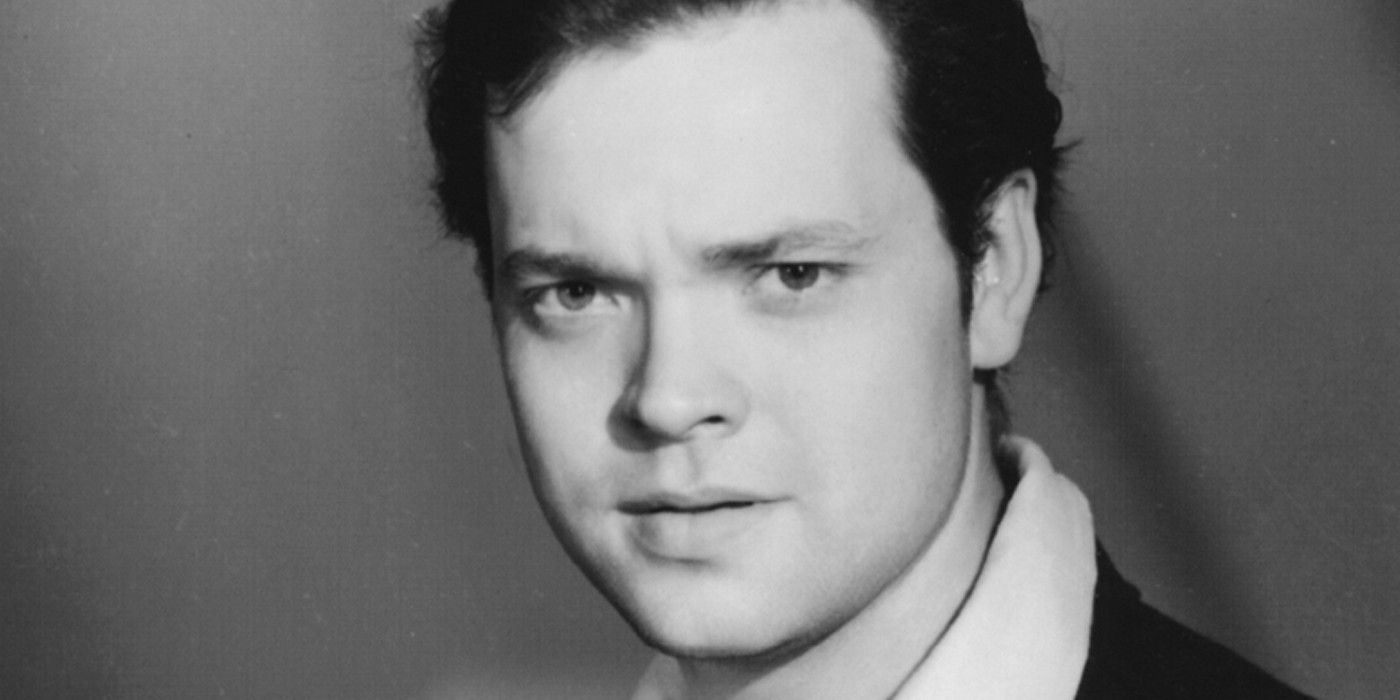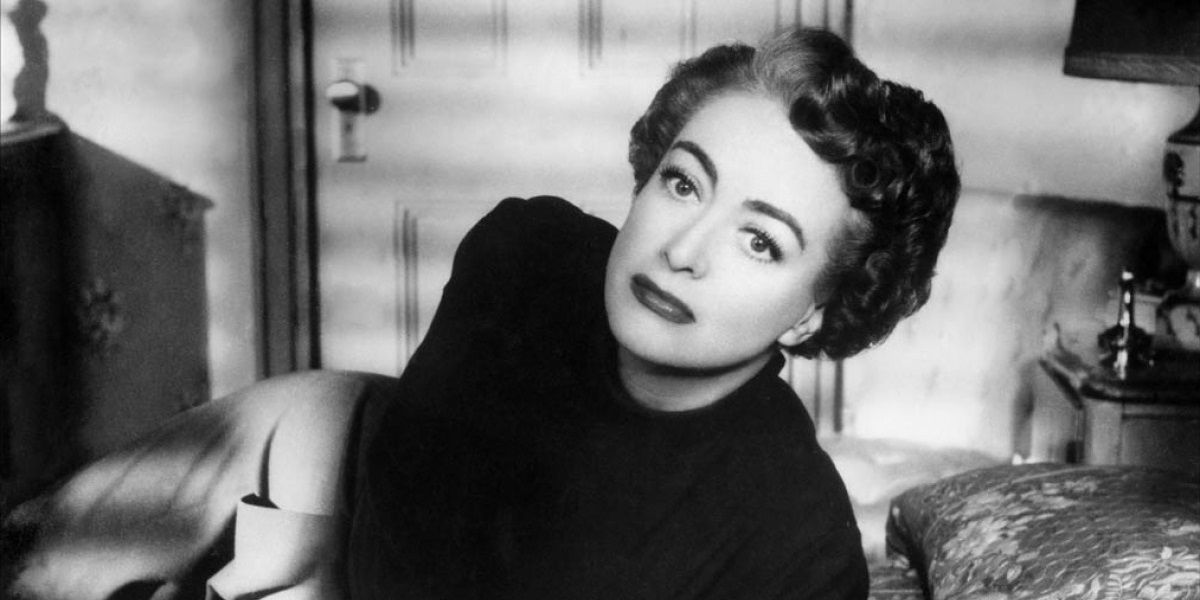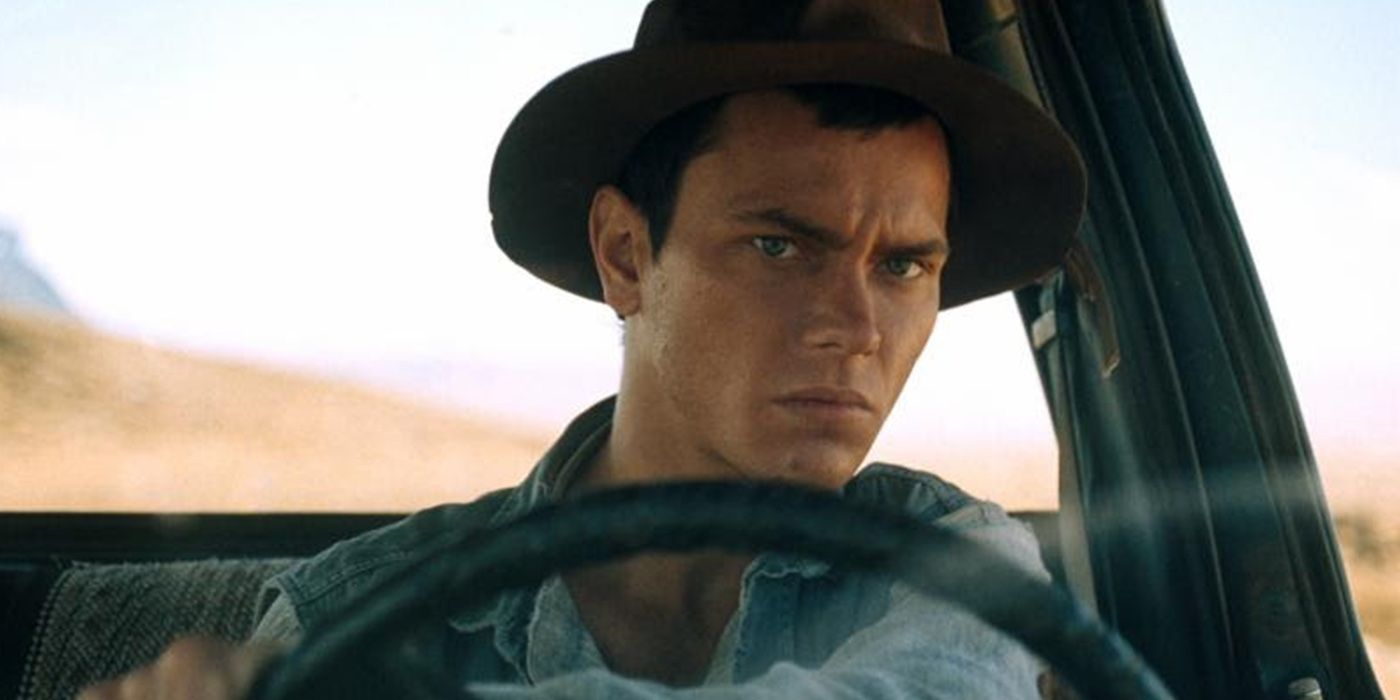As even the most casual cinema buff already knows, film productions get canceled all the time. A reminder of the colossal effort required to actually make a movie, these aborted projects will typically be announced by their respective studios, a script will be developed and cast and crew hired – only to be scuttled soon after.
There are plenty of reasons why this occurs – the most common causes are creative disagreements between studio executives and the filmmakers, or financial concerns – but regardless, these reasons wind up being sufficient to ensure the plug is pulled. Like we said, happens all the time – but what doesn’t happen that often is that a film actually commences shooting before it’s shut down!
The rationale behind studios scrapping a production after filming is underway vary wildly – although again, artistic disputes and funding-related problems remain the prominent culprits. But there have also been instances of onset tragedies, freak weather conditions, and (allegedly, at least) a voodoo curse resulting in films being scuttled while the director is still calling “action!”
With this in mind, we’ve pulled together a list of 16 Movies That Were Canceled During Filming.
Slipstream
It’s hard to imagine it now, but there was once a time when Steven Spielberg was a filmmaking rookie. Nonetheless, it was this very inexperience that ended up derailing Sir Steve’s second ever outing in the director’s chair, 1964 cycling drama Slipstream.
Everything started out promisingly enough. Spielberg hired accomplished thespian Tony Bill to fill one of the lead roles, and brought on board cinematographer Allen Daviau (who would later serve as DP on E.T. the Extra-Terrestrial and Empire of the Sun).
Unfortunately, this is where the future Hollywood heavyweight’s relative rawness comes into play: he drastically underestimated the budget required to produce the movie. Having already received his film stock and equipment by way of a kind donation, Spielberg estimated that he only needed $5,000 to make Slipstream. When this turned out not to be the case and the director ran out of money, the project was sadly aborted.
The Man Who Killed Don Quixote
Terry Gilliam’s The Man Who Killed Don Quixote is arguably the most famous example of a production that halted mid-shoot. Inspired by the Miguel de Cervantes’ landmark novel Don Quixote, this 1998-2000 production – which starred Jean Rochefort and Johnny Depp – encountered several insurmountable dilemmas!
For starters, location shooting in Spain was a nightmare. Fighter jets from a nearby military base regularly zoomed overhead whilst the cameras were rolling, rendering the audio totally unusable. Next, a flash flood hit the area, destroying equipment and severely altering the surrounding landscape, necessitating re-shoots to ensure continuity. Finally, Rochefort suffered a slipped disc and was forced to bow out, at which point Gilliam called it quits.
The film languished in development hell for over a decade, yielding only the acclaimed documentary Lost in La Mancha. Happily, Gilliam recently mounted another, successful attempt featuring Jonathan Pryce and Adam Driver, which wrapped in 2017.
Revenge Of The Nerds
Raunchy teen comedy Revenge of the Nerds was a hit for 20th Century Fox when it was released back in 1984, which led the studio to mastermind a remake more than 20 years later. Directed by Kyle Newman, the reboot – starring The O.C.’s Adam Brody – began filming in November 2006, only to be put on permanent hiatus after only two weeks.
The motivating factor behind Fox shelving the Revenge of the Nerds remake is easily the simplest on this entire list: it was flat-out awful! That’s right: after the dailies screenings for the first fortnight of shooting proved abysmal, studio head Peter Rice ordered the production shuttered.
Although you might expect the studio to take another stab at the project, word on the street – or at the very least, comments by Fox insiders – indicate that this is one remake that won’t be headed to cinemas any time soon.
The Thief And The Cobbler
The Thief and the Cobbler is a tricky beast to categorize, as technically the ambitious animated epic was finished. However, this only happened after auteur Richard Williams was unceremoniously dumped, production stopped, and the movie was handed over to another animation house to finish on the cheap. As such, most animation enthusiasts still class The Thief and the Cobbler as an unfinished movie, given the inferior quality of what was ultimately released.
In terms of why Williams was never able to complete the movie, there were numerous contributing factors. The most obvious of these was that William’s goal was to craft the greatest hand-drawn feature ever made – and while the work his team produced was indeed spectacular, it was also incredibly time-consuming to produce. This slow pace caused the studio to lose confidence in William’s directorial skills, backing out around the same time as the film’s Japanese investors likewise abandoned ship.
Rainbow Road To Oz
Walt Disney was renowned for his tenacity – without it, The Walt Disney Company could never have evolved into the global entertainment conglomerate it is today. But not even ol’ Walt could get every project to materialize as planned, as exemplified by his failure with Rainbow Road To Oz.
A live-action outing set in L. Frank Baum’s Land of Oz – popularized by the 1933 MGM film adaptation The Wizard Of Oz – the production made it far enough down the line that footage aired during a 1957 Disney TV special. Cast members – including multiple mouseketeers – even recorded songs for the movie, which were subsequently released independently of the abandoned production.
Why did it all fall apart? No one knows for sure, but prevalent theories revolve around Disney being discontented with the script – which centred on the Wicked Witch’s equally nasty son – and fears of unfavorable comparisons being made with the MGM original.
Something's Got To Give
Not to be confused with the similarly titled Something’s Gotta Give starring Diane Keaton and Jack Nicholson, this screwball comedy came to a screeching halt following Marilyn Monroe’s untimely death. Plagued by production dramas, Something’s Got To Give was beset with script troubles – it was being constantly re-written mid-shoot – budget concerns, Monroe’s ill-health, and clashes between the actress and director George Cukor.
Things reached the point where Monroe was actually fired from the movie, only for her friend and co-star Dean Martin to protest, leading to her reinstatement. This all proved for naught, however, as the screen icon would die of a drug overdose shortly after, making further progress impossible.
Despite this, the film would be re-tooled by 20th Century Fox, becoming Move Over, Darling, with Doris Day taking over from Monroe.
Into The Darkness
Traditionally, a movie’s trailer is cobbled together from footage captured during principal photography. However, a trend in recent years has been for filmmakers to create previews based on footage shot specifically for this purpose, and this was the route the crew behind Into The Darkness went down. The kicker, though? This horror film never ended up being finished, meaning the trailer advertises a movie audiences can’t actually go and see!
It’s hard to accurately gauge exactly how much shooting took place for Into The Darkness, as sources are vague as to whether star Mischa Barton and the rest of the cast ever actually set foot on set in 2010. Still, the official line is that cameras started rolling in May of that year, making this yet another flick that was curtailed during filming. Barton did wind up making a similarly titled film, Into the Dark, in 2012, but with a completely different production team.
Midnight Rider
You know you’re off to a bad start when your movie only lasts one day of filming before a tragic accident occurs. That’s how things went down with Midnight Rider, a biopic of singer Gregg Allman starring William Hurt that saw disaster strike on Day 1 of principal photography. Filming on an in-use railroad bridge, crew member Sarah Jones was killed when she was hit by an incoming freight train.
Aside from the obvious trauma of losing a member of the team under such terrible circumstances, the main cause for Midnight Rider being canceled were the legal proceedings that followed. It soon emerged that the director and producers had not obtained the appropriate permissions needed to film on the bridge, and they were charged with – and in most cases, found guilty of – a series of crimes, including involuntary manslaughter.
Gossip
Gary Oldman is rightly considered one of the finest screen actors of his generation – but did you know his original film debut ended up being canceled? Commencing shooting in 1982, Gossip – a scathing indictment of Thatcher’s Britain which boasted a script re-written by Stephen Fry – was all set to bring Oldman to the big screen.
This all changed after financial backers the Martini Foundation failed to stump up the cash it had promised to director Don Boyd’s production company, pumping the breaks on the project for good. Another unpleasant side effect of this outcome was that Boyd was now over £1 million in debt, and facing severe backlash from the unions representing his cast and crew.
It would be years before the mess was finally sorted out, and even longer before Boyd would get the chance to helm another film.
Arrive Alive
When it comes to making a comedy, there’s ultimately one simple rule those involved need to follow: it has to be funny. It may sound obvious, but as many attempted side-splitters over the years have shown, that’s not as easy as it sounds. This was the dilemma the producers of Arrive Alive found themselves facing when they discovered that their film suffered from a fatal flaw: it wasn’t making people laugh.
Despite a stellar cast – including leads Willem Dafoe and Joan Cusack – and director Jeremiah S. Chechik’s previous track record with National Lampoon’s Christmas Vacation, things just didn’t click. After several chuckle-free weeks of filming, the decision was made to abandon the production and accept a hefty tax write-off as a consolation prize.
The Game Of Death
In 1973, the world was stunned by the unexpected death of master martial artist and big screen icon Bruce Lee. At the time of his passing, Lee was still in the middle of shooting The Game of Death, a Hong Kong cinema kung fu epic that would have seen the star face off against Korean gangs. Designed to shine a spotlight on Lee’s Jeet Kune Do fighting style and philosophy, the film was immediately shut down following his death.
A reworked version of The Game of Death, incorporating footage from the original coupled with new material overseen by Enter the Dragon director Robert Clouse, was later released in 1978. Retitled Game of Death, the movie featured a different plot to the original, and the emphasis on Lee’s martial arts teachings was largely absent.
The Return Of Billy Jack
The Billy Jack flicks are fondly remembered by movie buffs of a certain age, largely thanks to Tom Laughlin’s turn as the titular half-Native American Green Beret martial arts master. The franchise boasts an impressive four entries – however it was originally supposed to conclude with a fifth and final chapter.
Pitting our hero against child abusers in New York City, The Return of Billy Jack commenced filming in late 1985, only to come to an abrupt stop early the following year. The reason? Laughlin sustained a serious blow to the head after a breakaway bottle didn’t, well… break.
It took several weeks for the actor to get back on his feet, and by that time, the production’s budget had evaporated, which was the final coffin nail for the project. About an hour of footage was captured over the course of shooting, however to the great disappointment of Billy Jack fans, it has never been made publicly available.
Creation
Not every aborted movie leads to heartbreak – on the contrary, in many instances, an unfinished film can lay the groundwork for a superior future project. So it was with Creation, an abandoned creature feature overseen by pioneering stop motion animator Willis O’Brien, which eventually made the original King Kong possible.
Following the exploits of a luxury yacht crew marooned on an island filled with prehistoric monsters, Creation was canceled after studio executives at RKO complained about the action-lite storyline and high production costs.
On the plus side, one of these studio bigwigs – producer Merian C. Cooper – acknowledged the brilliance of O’Brien’s special effects work, recruiting him to perform the same duties on Kong. Indeed, there’s a significant amount of overlap between the two films, with dinosaur models created for Creation being re-used in Cooper’s 1933 masterpiece.
It's All True
Orson Welles is revered as much for the films he did finish – including Citizen Kane, arguably the greatest movie of all time – as those he didn’t. One such incomplete effort was It’s All True, a multi-strand narrative set in Latin America which Welles believed was the victim of a voodoo curse!
However, the more prosaic reason that It’s All True never made it to the big screen boils down to RKO undergoing a management reshuffle.
With Welles’ allies at the studio now ousted, the project was soon terminated. Welles claimed that the existing footage could have yielded a coherent film, allowing RKO to break even on its investment, but that the studio was more interested in obtaining a tax write-off.
Yes, rather than attempt to make any money off of It’s All True, the studio executives did the logical thing instead: they dumped the reels into the sea (seriously).
Great Day
It’s rare for an actor or actress to scuttle their own movie, but that’s just what happened with Great Day. A 1930 musical written to showcase Crawford’s talents, the film was nixed at the behest of Crawford herself – with the support of the studio – due to her dissatisfaction with her performance.
So the story goes, Crawford approved of the Southern drawl she had adopted for the production, but felt the poor quality of the dialogue hampered her delivery. The powers that be at MGM obviously agreed, as not only did they suspend production – at considerable cost, no less – but ordered substantial revisions to the script before shooting recommenced.
Unfortunately, the cameras never rolled on Great Day again, and by 1931, the film was dead in the water.
Dark Blood
If there’s anything more heartbreaking than a talented performer dying, it’s a talented performer dying young. The death of River Phoenix at the all-too-young age of 23 exemplifies this, as does the incomplete status of his final film, Dark Blood. A thriller that teamed the Academy Award-nominee with acting veterans Jonathan Pryce and Judy Davis, the film still lacked several key scenes before it was abandoned in 1993.
Interestingly, director George Sluzier never relinquished the footage over concerns it would be destroyed, and in 2012, he released a cut of the film that used voice over to fill in the narrative gaps. Even more interestingly, this unconventional version of Dark Blood scored predominantly positive reviews – suggesting that the completed film would have been something truly special.
---
Know of any other movies canceled during filming? Let us know in the comments!

